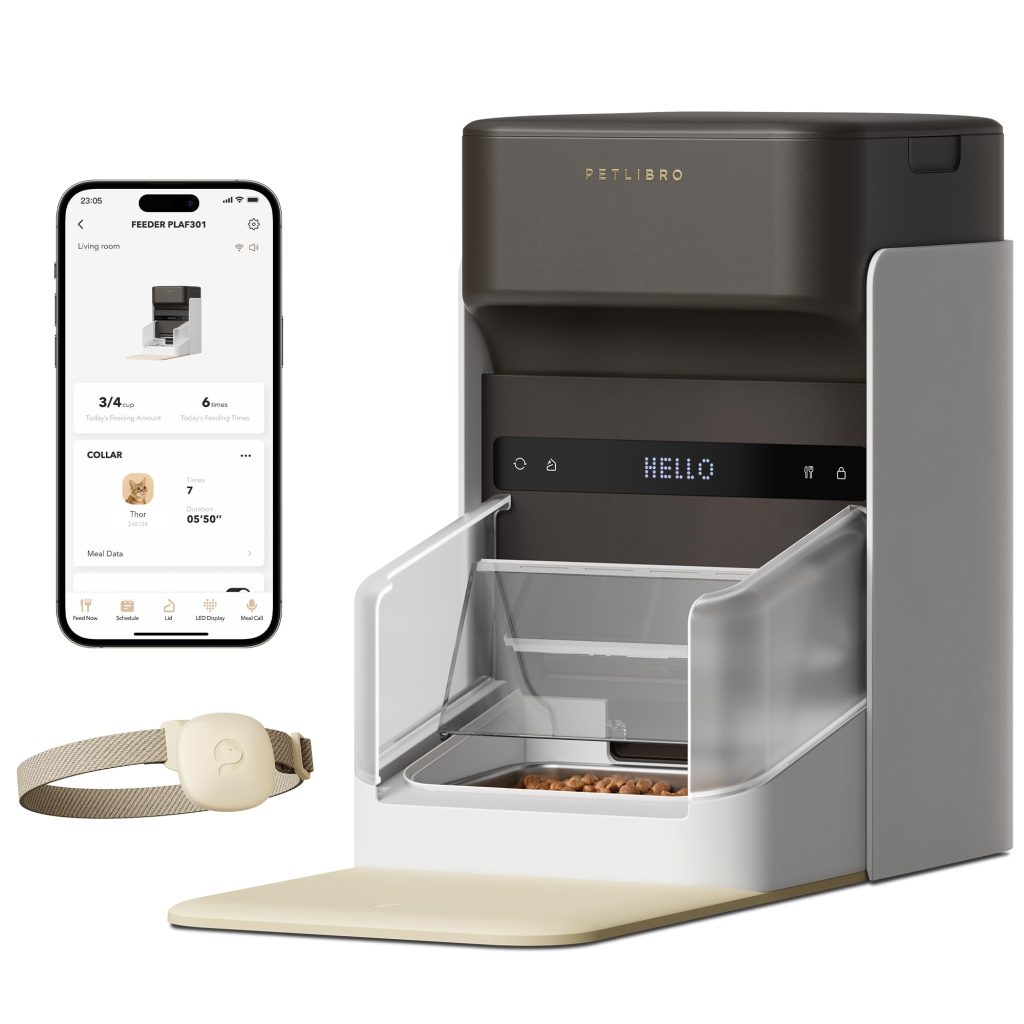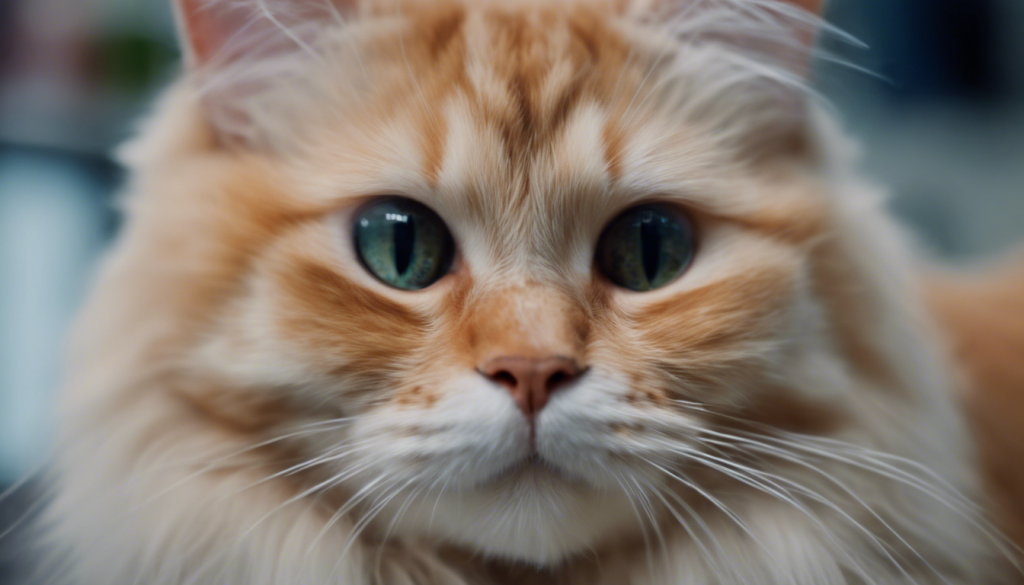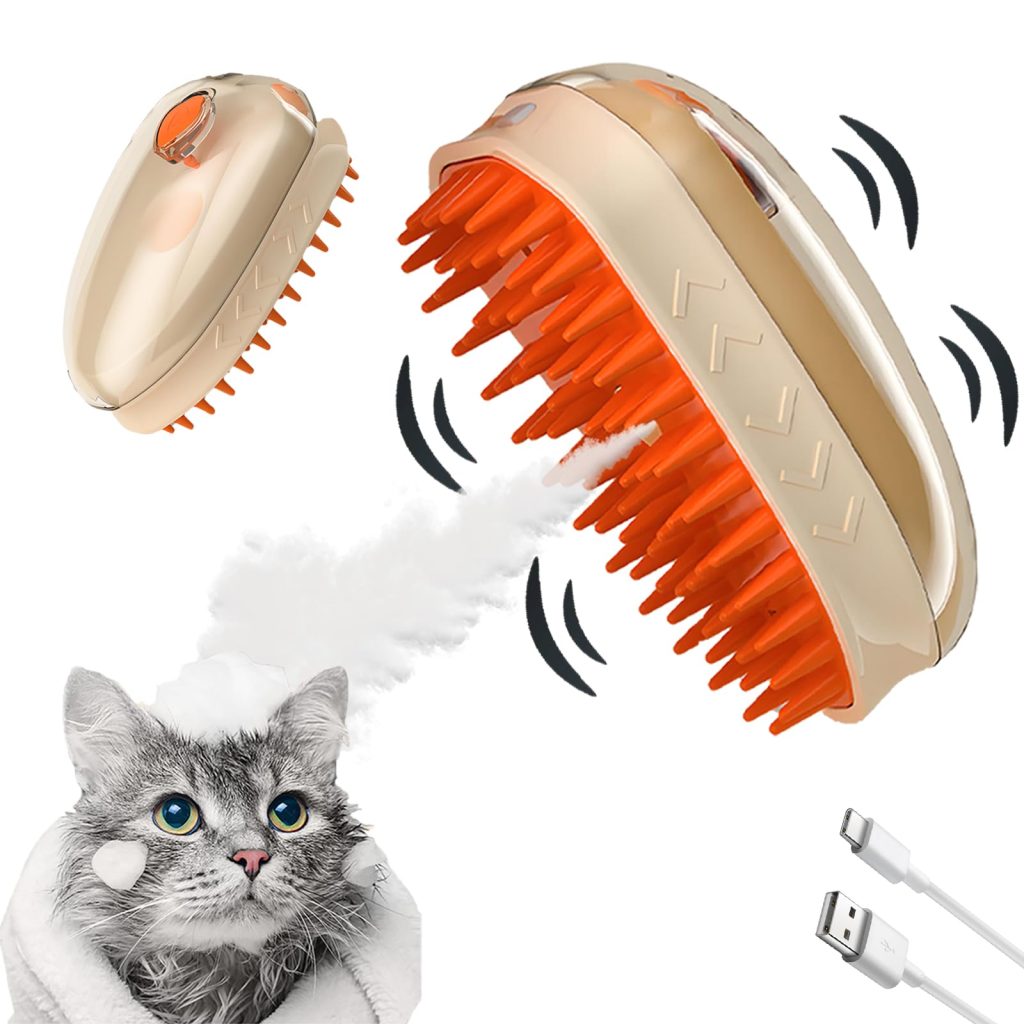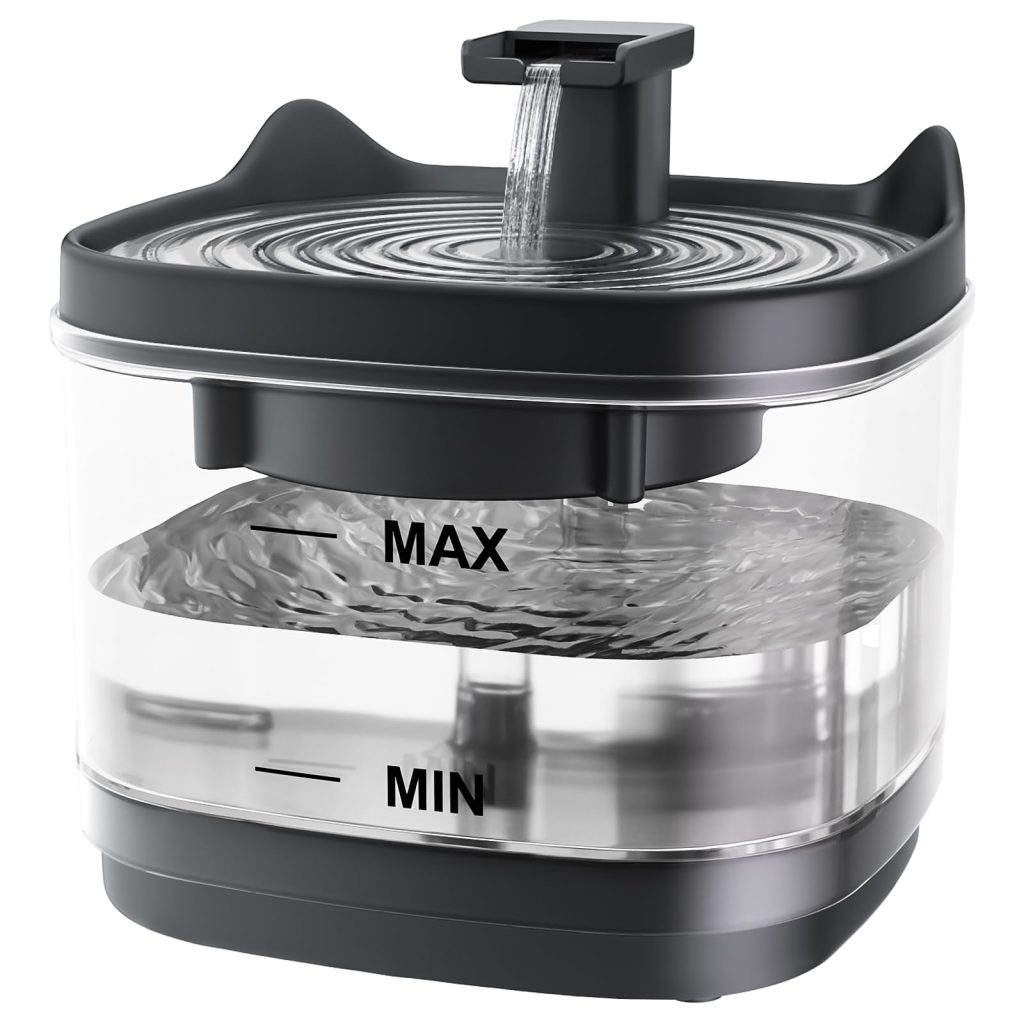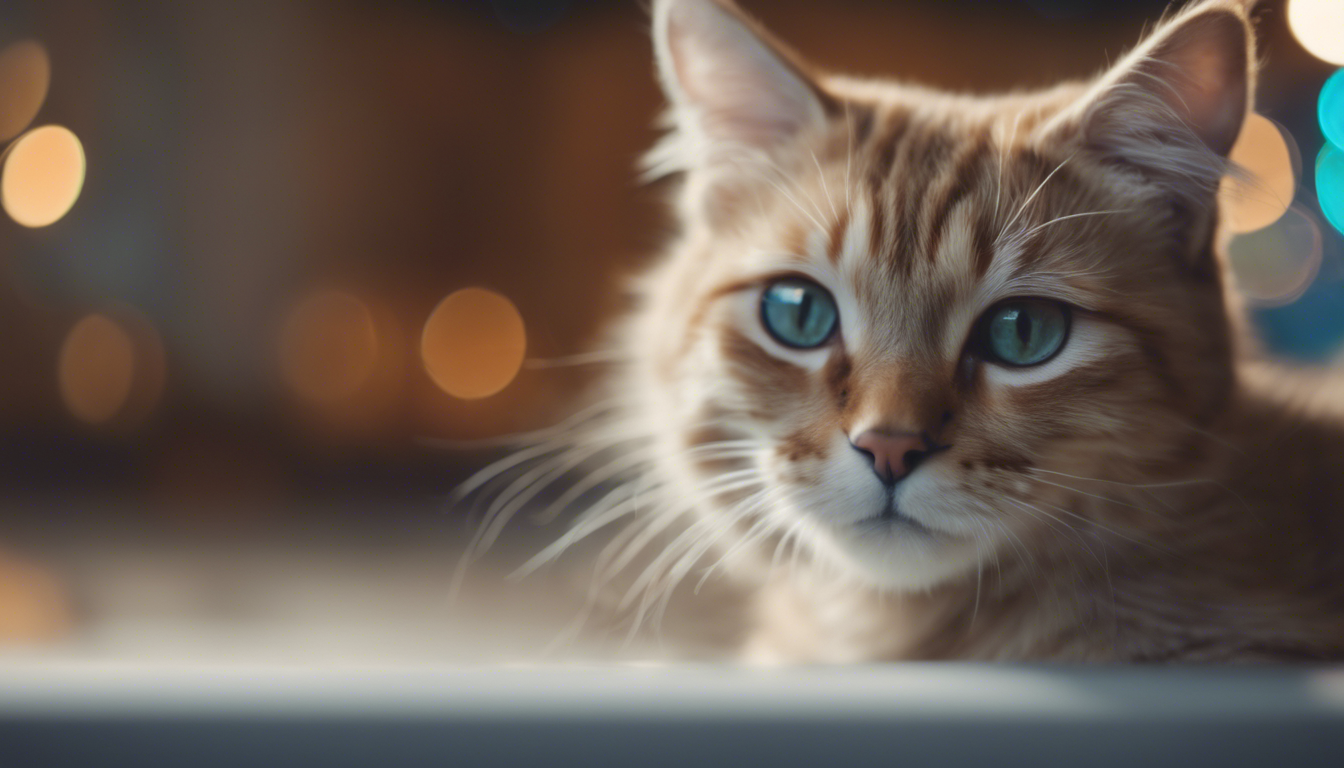
Understanding feline epilepsy
Picture this: you are enjoying a lovely afternoon with your furry friend when, out of the blue, they begin to act strangely—uncontrolled muscle twitches, abnormal behavior, perhaps even a full-blown choreographed dance of their limbs. As a cat owner, these unexpected performances can be alarming, and understanding why they happen especially important for every pet parent.
When we talk about feline epilepsy, we’re delving into a neurological disorder that can cause our feline companions to experience spontaneous seizures. Don’t mistake it for an occasional quirky kitty behavior—epilepsy is a serious condition, and recognizing it early can make a world of difference in managing your pet’s health.
The brains of our cats, much like ours, are bustling hubs of electrical activity. Seizures occur when this activity goes into overdrive, causing a surge of electricity through their delicate neural pathways. This can be due to various factors, some of which might be lurking beneath the surface without any apparent symptoms. Genetics can play a fickle hand in dealing our pets this condition, while other times it could be triggered by an underlying health issue or even a toxic encounter with something in their environment.
Cats, those enigmatic creatures, tend to have a different epilepsy experience compared to their canine counterparts. They might experience anything from mild twitching sessions to grand mal seizures that affect their entire body. And while any cat can be struck by this condition, certain breeds might be more predisposed due to their genetic makeup.
Understanding the nuances of feline epilepsy is key—not just for spotting the signs early on but also for providing the best care for a cat in the throes of a seizure. It’s about being aware that although epilepsy might sound intimidating, many cats live full and happy lives with the right management and support. Not to mention, it’ll equip you with the savoir-faire to stay calm and collected if you ever need to slip into the role of ‘nurse’ during your cat’s time of need.
So, let’s not let epilepsy cast a shadow over the playful pitter-patter of paws in our homes. With a sprinkle of vigilance and a dash of knowledge, we can ensure our cats remain the purring, content creatures they were always meant to be. After all, an educated cat owner is a cat’s best ally in keeping those mystery electrical brain parties at bay!
Common symptoms of seizures in cats
Now, as a cat parent, spotting the telltale signs of a seizure can be a bit like trying to solve a feline riddle. But don’t worry, I’m here to help demystify some of the symptoms your cat might display if they’re experiencing a seizure, so pay close attention to these details. It’s not just about being observant—it’s about becoming a detective in your own living room.
Firstly, you might notice your cat suddenly fixate on something you can’t see, their gaze locked and pupils possibly dilated—a sign that something’s amiss. Then, there could be a twitch, a subtle jerk of a limb or a shiver that ripples through their body. It is these small, odd movements that can escalate quickly into more pronounced convulsions.
Imagine your cat’s limbs paddling as if they are swimming on dry land, or their body stiffening like they’ve seen a ghost. These are the dramatic episodes we often associate with seizures, and they can be quite distressing to witness. In some cases, cats will vocalize, meowing or yowling in confusion or distress.
In the realm of less obvious cues, some cats might experience a phase called the ‘aura’ or ‘pre-ictal phase’. Watch for unusual behaviors: your normally aloof cat seeking affection or, conversely, a typically cuddly kitty becoming withdrawn and hiding away. Their appetite might change, they may drool more than usual, or even seem temporarily blind.
After a seizure, during the ‘post-ictal phase’, your feline may seem disoriented or even temporarily lose their ability to walk properly—stumbling like they’ve had a bit too much catnip. The post-seizure period can last a few minutes or, in some cases, several hours, and your cat may seem completely out of sorts.
It is critical to remember that seizures aren’t a one-size-fits-all ordeal— they vary from cat to cat and can change over time. Some cats may never experience more than a mild twitch, while others could go through significant seizures regularly. So keep your eyes peeled and remember to note anything that seems out of the ordinary.
But don’t let fear claw away at you—recognizing these signs is the first step on the path to helping your cat. Just as you know the ins and outs of their playful antics, embracing this knowledge of their health can make you the superhero in their nine lives. So let’s stay attuned to their needs, because when our cats can’t tell us what’s wrong, our understanding is their voice.
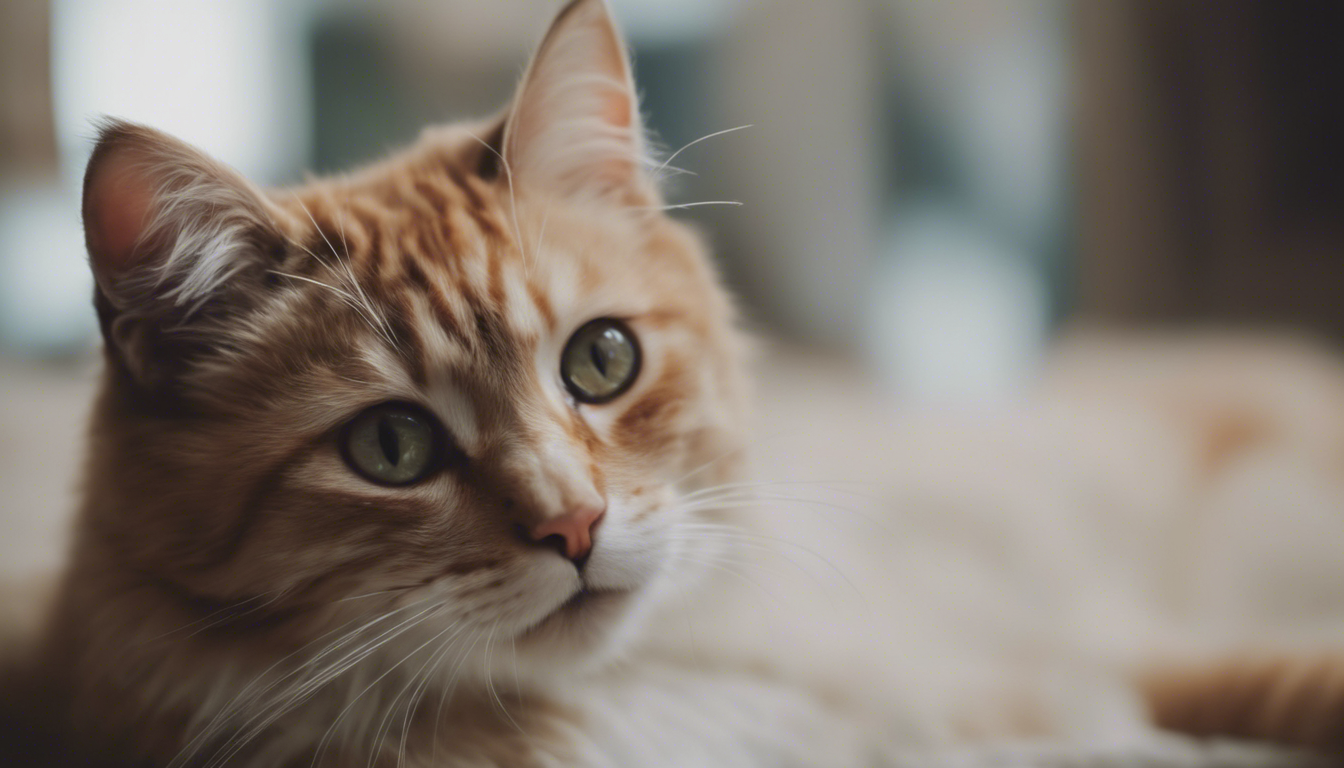
Diagnostic approaches for epilepsy in cats
When it comes to untangling the puzzle that’s feline epilepsy, figuring out the ‘why’ behind those seizures is like being a detective on a case. If you’ve noticed some of the peculiar behaviors I’ve mentioned earlier, the next step is running it by a professional who can take a closer look—veterinarians are the sleuths on the frontline of this investigative journey. Once you are in their office, they’ll likely launch into a methodical approach to diagnose your furry detective partner.
First things first, a complete history will be key. Your vet will want to know everything—from the specific quirks of your cat’s behavior to their diet and any potential encounters with toxins. After all, the clues for what’s causing those unwelcome neural fireworks may lie within the details of their daily lives. Be prepared to recount the seizures’ frequency, duration, and characteristics. A detailed narrative can provide invaluable insights for the vet.
From there, your vet might suggest blood tests to rule out or identify any underlying issues, like kidney problems or toxins in their system. What’s fascinating is that sometimes, the cause isn’t in their brain at all—it’s a problem elsewhere in their tiny bodies that’s just causing a ruckus upstairs. That’s why these tests can be so revealing.
If the mystery isn’t solved with the initial tests, advanced diagnostic tools might be brought out. They’ve got all sorts of gadgets in their kit, like MRIs and CT scans, which are like super-powered cameras that take a peek inside your cat’s brain. These can spotlight any abnormalities, such as tumors or structural defects, that might be at the root of the seizures.
Another option could be an EEG – a device that listens in on the brain’s electrical conversation. They stick some tiny electrodes on your cat’s head and monitor the electrical patterns. It’s like tuning into a radio frequency that can tell us if there’s static in the communication. Cats aren’t too fond of hats, but sometimes they’ll need to put up with this temporary one to help figure out what’s going on between their ears.
It can be a process, and sometimes, no matter how many clues you chase down, you end up with a case of ‘idiopathic epilepsy,’ which is a fancy way of saying, “We know it’s epilepsy, but we can’t pinpoint the why.” It isn’t the most satisfying conclusion to our detective work, but it’s a start.
The idea is not to let all this detective work unnerve you. It’s pretty incredible what vets can do nowadays to help our four-legged companions. So while they run their tests and analyze their findings, remember that knowledge is power. And the more you know, the better you can advocate for and support your furry friend through their neurological adventures.
Ultimately, navigating the diagnostic maze of feline epilepsy is a step toward creating a game plan for your cat’s well-being. Every piece of information you gather, every test they undergo, adds up to a map that leads to better management of their condition. After all, your cat’s health mystery deserves to be solved with the dedication of a true detective.
Management and treatment options for feline epilepsy
When it comes to managing feline epilepsy, think of it as your mission to provide a stable and supportive environment for your furry friend. Navigating the waters of treatment options doesn’t have to feel like you’re lost at sea; with the right approach, you can help keep your cat’s seizures at bay and ensure they maintain their nine lives with gusto.
First and foremost, if your vet prescribes medication for your cat’s epilepsy, it’s important to adhere to their guidance. Antiepileptic drugs (AEDs) may be recommended to reduce the frequency and severity of seizures. These medications can include phenobarbital or potassium bromide, amongst others. Remember, consistency is key—missing doses or stopping medication abruptly can cause more harm than good.
Now, let’s talk about the nutritional side of things. There’s some buzzing in the feline health community about the role that diet can play in managing epilepsy. While there’s no one-size-fits-all answer here, some cat owners have seen positive impacts when they’ve introduced a high-quality, well-balanced diet. Omega-3 fatty acids, found in fish oil, for example, are known for their anti-inflammatory properties and could be beneficial to a cat’s overall brain health.
Stress can also be a trigger for seizures, so creating a calm atmosphere is an essential part of your cat’s care regimen. There are plenty of simple ways to minimize stress for your kitty: keep their environment peaceful, maintain a consistent routine, and offer plenty of cozy hideaways where they can retreat for some alone time.
For cats who experience post-seizure anxiety or disorientation, it’s important to be a soothing presence. Speak to them in a calm, reassuring voice and avoid sudden movements that might startle them. Patience is your best friend here, as your cat may need some time to fully recover from an episode.
Lastly, monitoring and documenting your cat’s seizure activity will provide valuable information for your vet. It can help in adjusting medications, understanding triggers, and evaluating the effectiveness of the management strategy. Plus, it keeps you in control of the situation, which, frankly speaking, is reassuring in itself.
Ultimately, managing feline epilepsy is a team effort between you, your cat, and your vet. Embrace this challenge with the same tenacity your cat shows when chasing laser dots—it’s all about dedication, love, and a little bit of science. By staying informed and proactive about their treatment, you’re paving the path for many more purr-filled years with your feline sidekick. Let’s keep those unpredictable neural fireworks under control and our cats living their best lives!
